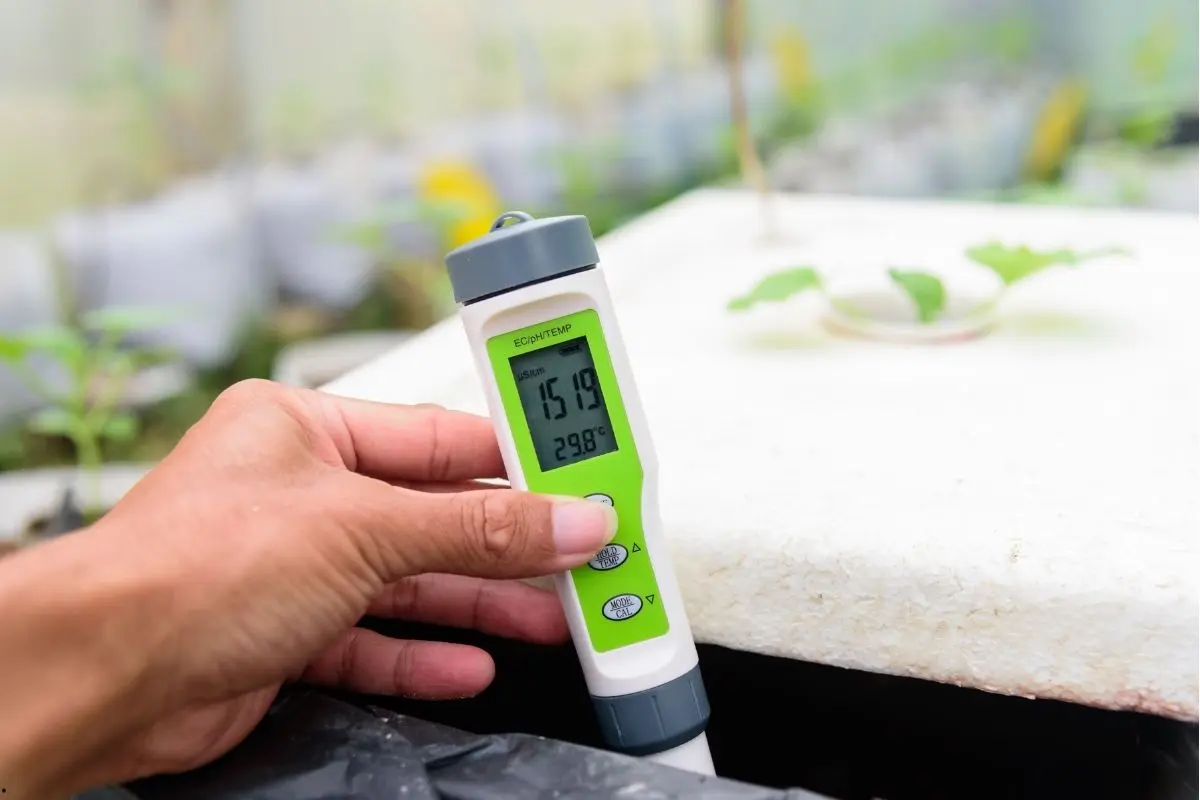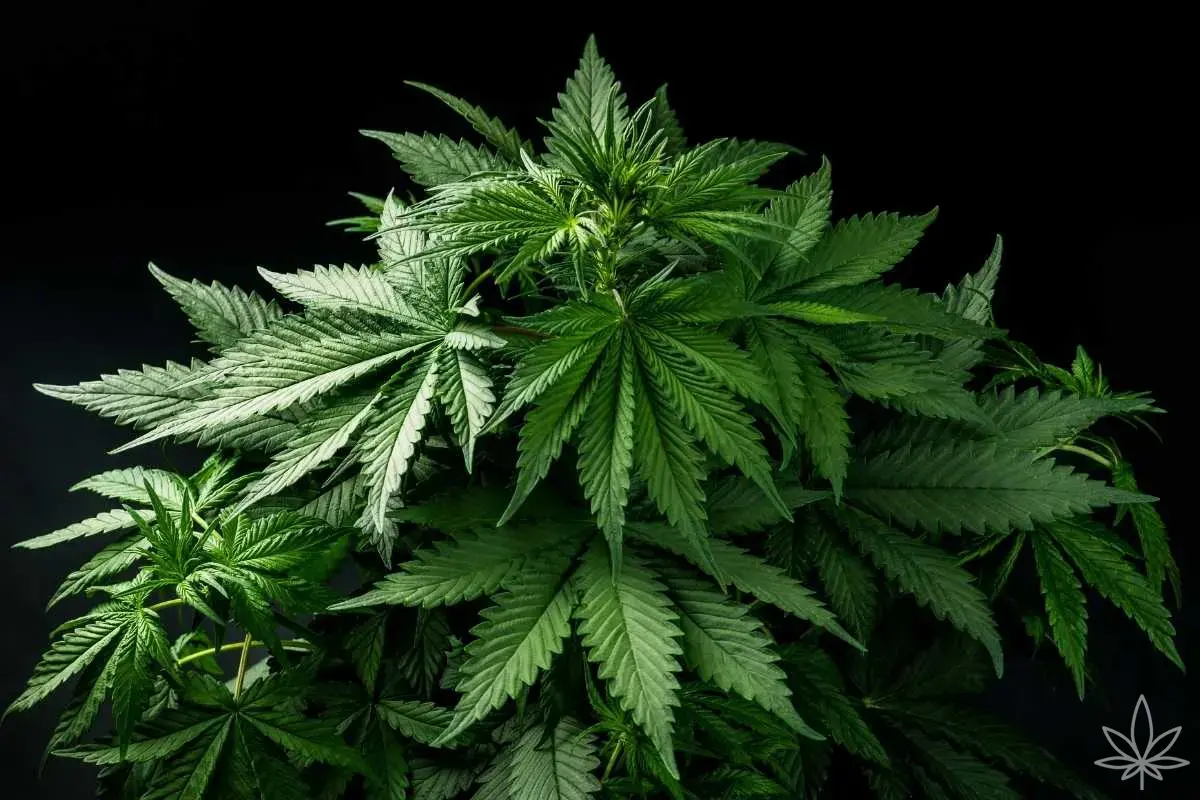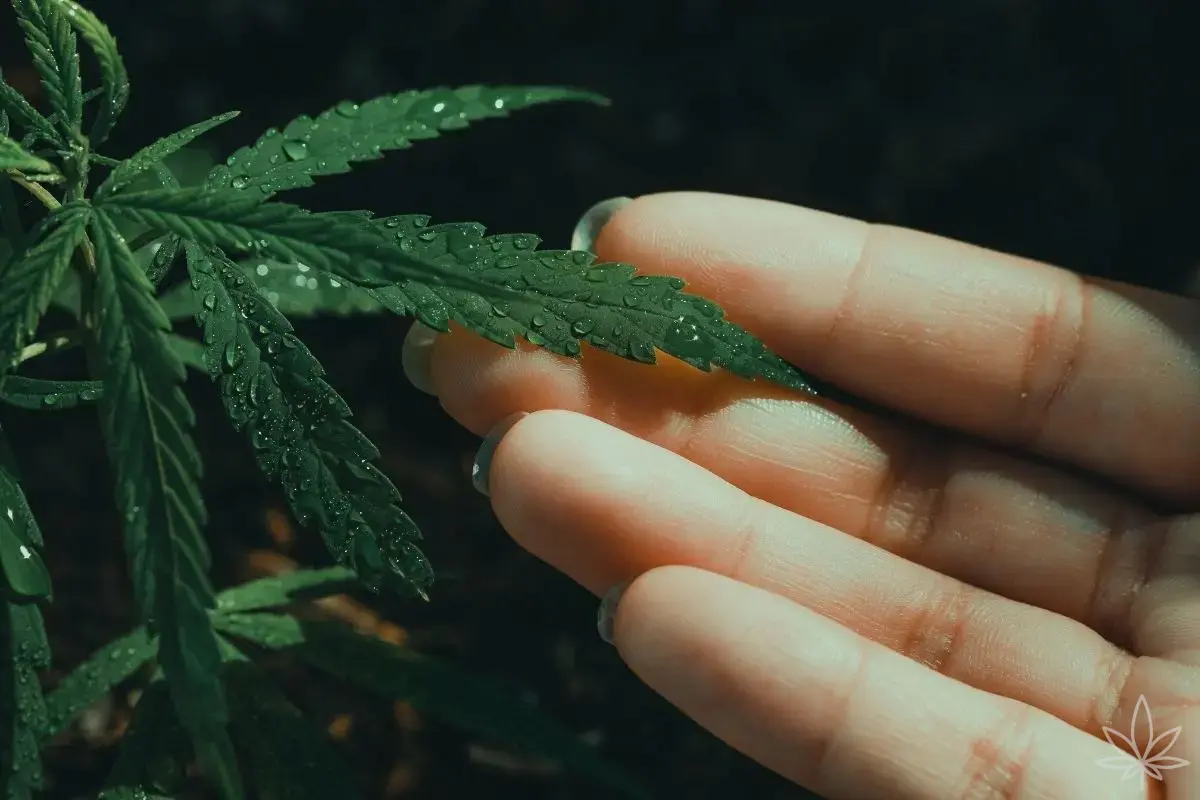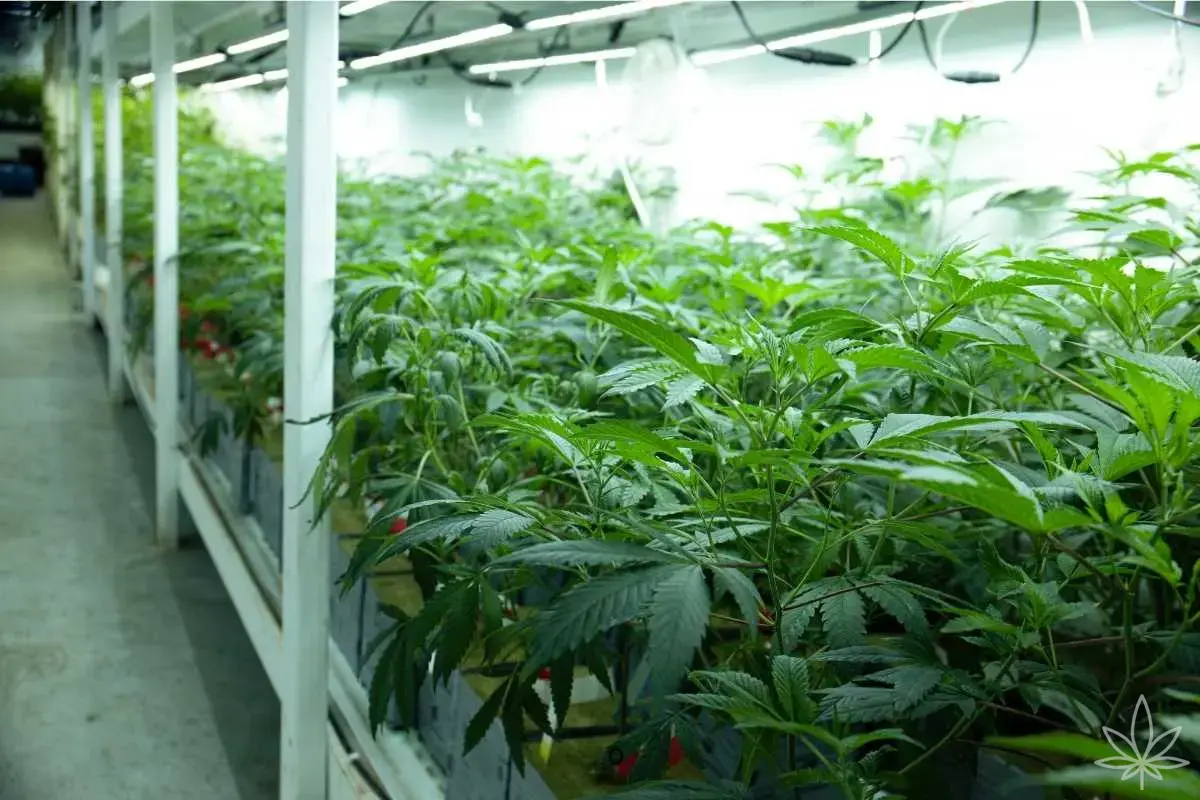Let’s cut through the jargon: EC (Electrical Conductivity) is the ability of a solution to conduct electricity, usually expressed in mS/cm (milliSiemens per centimeter). The more dissolved ions (read: nutrient salts) in the water, the easier the current flows — and the higher the EC reading.
⚠️ Important: EC does not tell you which nutrients are present, only how much in total. It doesn’t distinguish between N, P, K, Ca, Mg, etc.
For clarity:
- EC – scientific unit, mS/cm (or μS/cm at very low concentrations).
- TDS/ppm – conversion of EC into “parts per million” according to different scales (500/640/700). The same solution can read 1000 ppm on a 500 scale and 1400 ppm on a 700 scale. That’s why professionals stick to EC or CF (EC × 10).
Why Does EC Matter?
Because it’s a quick health check of plant feeding.
- If EC rises: the solution is becoming more concentrated — risk of root burn and nutrient lockouts.
- If EC drops: plants are absorbing nutrients faster than water — a sign they’re hungry (or the temperature is high and they’re drinking like crazy).
- If EC stays stable: you’re near balance — feeding and uptake are in sync.
It also eliminates guesswork: recipes like “x ml of nutrient per liter” can be misleading, because water sources differ. Two tap waters + the same fertilizer = very different EC results (sometimes by 0.3–0.5 mS/cm).
Equipment: Choosing and Calibrating an EC Meter
Types of EC meters:
- Pen-style (handheld) – affordable, portable, fine for most hobby growers.
- Inline or stationary controllers – for continuous monitoring in a tank or return pipe.
Whichever you choose, check for:
- ATC (Automatic Temperature Compensation) – EC is strongly temperature-dependent. Reference is usually 25°C.
- Calibration solutions – keep 1.413 mS/cm and 12.88 mS/cm standards on hand.
- Care – EC probes are sturdier than pH electrodes, but don’t scrub them. Rinse with RO/demineralized water, remove bubbles, store clean.
Quick calibration (3 steps):
- Rinse probe in RO, shake off drops.
- Dip in 1.413 mS/cm standard, wait for stable reading, set calibration.
- (Optional) Check with 12.88 mS/cm — if off by > ±0.05, do a 2-point calibration.
⚡ Pro tip: don’t calibrate with cold solution in a 15°C garage and expect lab accuracy. Let both solution and probe reach room temperature (~25°C) first.
How to Take Samples and Measure
In hydro (NFT/DWC/reservoirs):
- Run circulation for 5–10 min to homogenize solution.
- Take sample from mid-depth, not from surface or bottom.
- Submerge probe, remove bubbles, wait until reading stabilizes.
Soil/coco “slurry test”:
- Mix 1 part substrate + 2 parts RO/DEM water (some protocols use 1:5; just stay consistent).
- Stir and let sit 10–15 min.
- Measure EC in the clear liquid above sediment.
This shows substrate salinity — invaluable when leaves signal that “something’s wrong.”
What EC Is “Good”? Depends on Stage & Crop
There is no one magic number. Rough guidelines for most edible/fruiting plants:
| Stage / plant type | EC (mS/cm) – guideline |
|---|---|
| Seedlings / young clones | 0.4–0.8 |
| Vegetative growth (leaves/stems) | 1.0–1.6 |
| Early flowering | 1.4–1.7 |
| Full flowering (heavy feeders) | 1.7–2.0 |
| Flush (final leaching) | 0.0–0.2 |
EC, CF, ppm – Quick Conversions
CF (Conductivity Factor) = EC × 10
Example: EC 1.8 mS/cm = CF 18
- ppm (TDS) depends on scale:
- 500 scale (NaCl):
ppm ≈ EC × 500 - 640 scale (442):
ppm ≈ EC × 640 - 700 scale (KCl):
ppm ≈ EC × 700
Always specify the scale if using ppm!
- 500 scale (NaCl):
7 Common EC Mistakes (and Fixes)
- No ATC / different temps – cold solution, warm probe = drifting readings.
→ Let everything equilibrate at ~20–25°C; use ATC. - Bubbles on probe – lowers reading.
→ Gently swirl probe to release bubbles. - Measuring next to pump outlet – local concentration differences.
→ Sample from mid-tank after circulation. - Dirty probe – deposits distort readings.
→ Rinse with RO, clean per manufacturer’s guide. - Hard tap water – starting EC already 0.6+, dosing becomes tricky.
→ Consider RO water + supplement Ca/Mg. - “ml per liter” recipes without checking EC – every water is different.
→ Measure EC first, then adjust. - Panic-boosting EC with just PK additives.
→ Balance the full recipe, not just one element.
How to Interpret EC Changes
- EC rising daily: plants drink more water than nutrients → solution concentrates.
Fix: top up with plain water, dilute slightly, or rebalance. - EC dropping steadily: plants devouring nutrients fast.
Fix: increase EC slightly at next feed. - EC stable, pH drifting: uptake ongoing but ion balance shifting.
Fix: monitor pH, don’t over-adjust.
Step-by-Step Checklist (print for your grow room)
- Calibration – 1.413 mS/cm (and optional 12.88 mS/cm) at ~25°C.
- Circulation 5–10 min – homogenize solution.
- Sample mid-depth – not from top foam or bottom sludge.
- Measurement – remove bubbles, wait for stable value.
- Log data – keep simple journal (date, EC, pH, temp).
- Adjust – dilute or boost nutrients intelligently.
- Replace solution – in hydro every 7–14 days (or sooner if it smells “alive”).
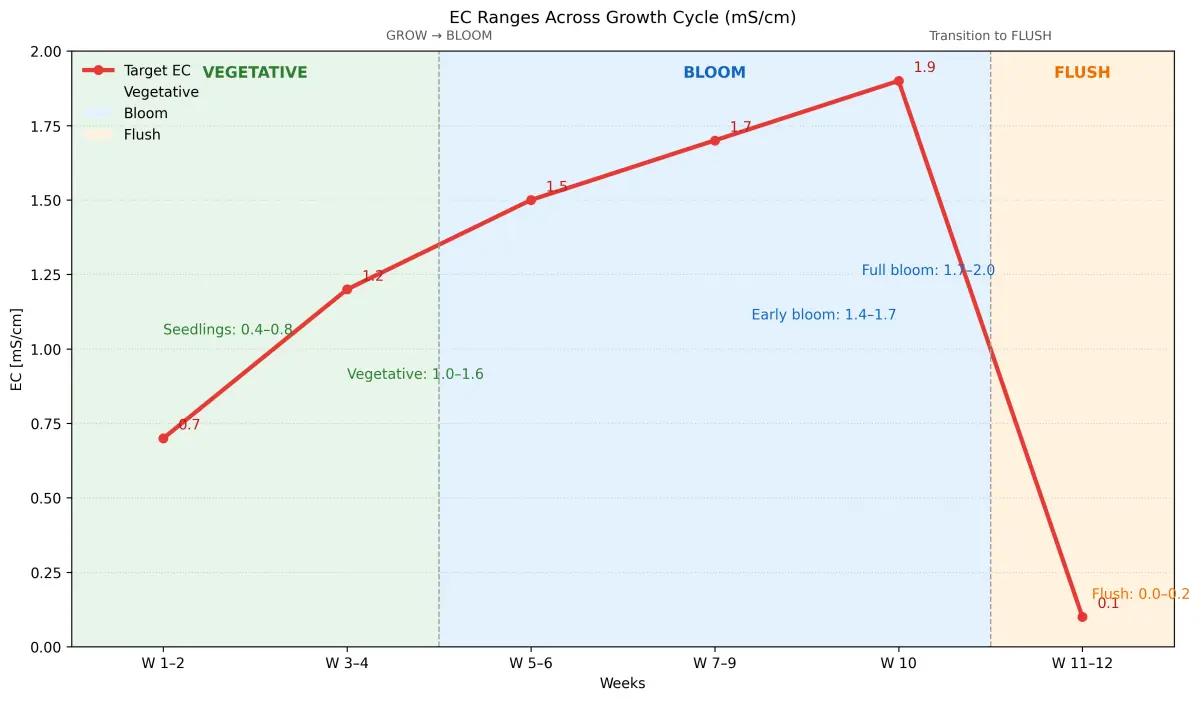
Quick Q&A
Does EC tell me if I have enough nitrogen?
Not directly. EC is a total salts reading; leaf color and growth patterns tell the rest.
Can I just use ppm instead?
Yes, but always state the scale (500/640/700). Everyone on the team needs to “speak the same language.”
Do EC probes need storage solution like pH probes?
Usually no (depends on model). Don’t soak them in distilled water for months. Store clean and dry unless manual says otherwise.
Cheat Sheet
| Term | Meaning | Remember |
|---|---|---|
| EC (mS/cm) | solution conductivity | temp-dependent, use ATC |
| CF | EC × 10 | EC 1.8 ↔ CF 18 |
| ppm | TDS conversion | 500/640/700 scales – always specify |
| ATC | temp compensation | calibrate at ~25°C |
| Slurry 1:2 | substrate EC test | 1 soil : 2 RO water, 10–15 min, test clear phase |
Final Note
EC isn’t dogma, it’s a compass. You learn to read it together with the plant’s signals, environment, and pH dynamics. Once you grasp how EC “dances” with water uptake and pH, feeding stops being guesswork and becomes a predictable, almost relaxing routine.

